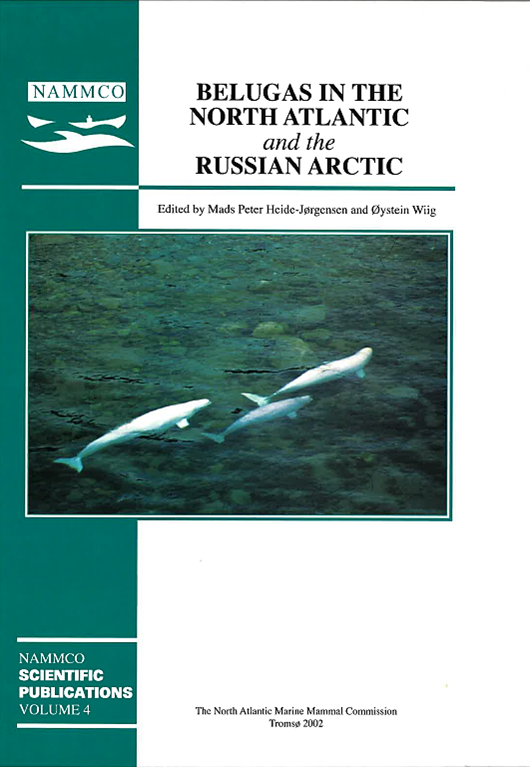Stock identity of beluga (Delphinapterus leucas) in Eastern Canada and West Greenland based on organochlorine contaminants in their blubber
DOI:
https://doi.org/10.7557/3.2837Keywords:
belugas, Delphinapterus leucas, contaminants, stock structureAbstract
Belugas (Delphinapterus leucas) caught by hunters from various hamlets in the Arctic differed in the concentrations of organochlorine contaminants in their blubber. By applying Canonical Discriminant Analysis (CDA) it was possible to separate all seven sampling locations from each other. Over 90% of the samples could be classified back to their landing location based on the data transformations developed by CDA. This analysis suggested that “stock” or management unit for belugas is best described by the culturally transmitted behaviour of their migration route. The analysis also provides evidence that most belugas caught by hunters from Grise Fiord are not the same as belugas caught while migrating along West Greenland; that some belugas caught in Sanikiluaq are not the same as beluga caught in the Nastapoka River estuary; and that the belugas caught in Kimmirut are not the same as belugas caught in Cumberland Sound. There is a need to redefine the stock descriptions of some belugas in Canada and Greenland.





